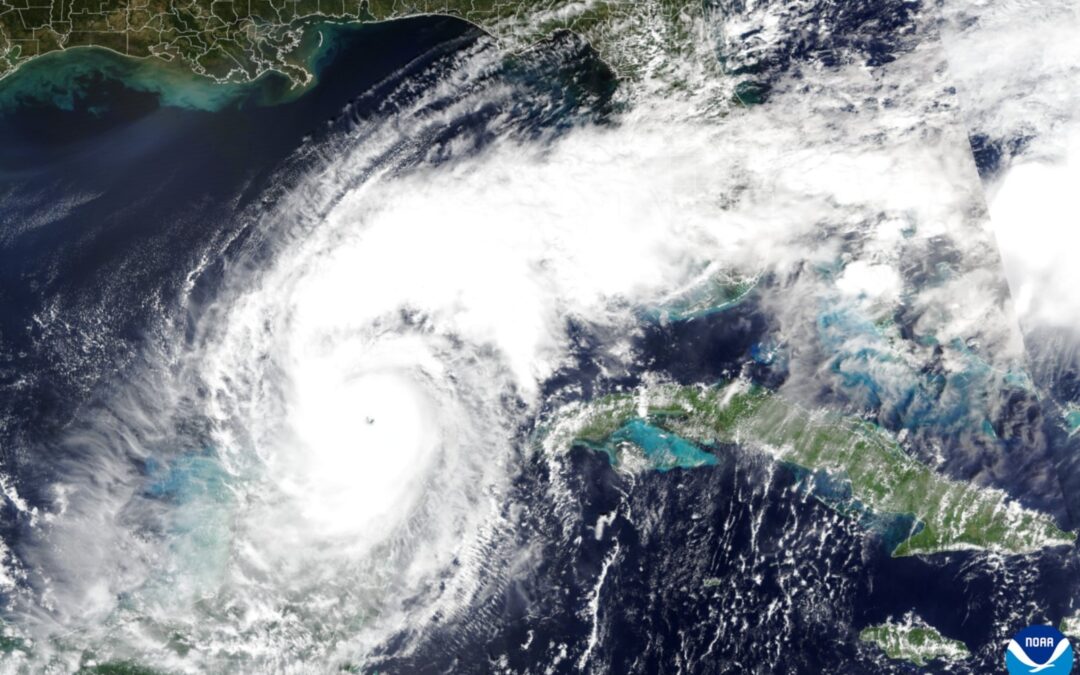As Hurricane Milton approaches Florida, private jet activity has surged, showcasing the critical role these flights play in emergency evacuations, delivering vital aid, and ensuring business continuity. While private jets may seem like a luxury, during natural disasters like Hurricane Milton, they become essential tools for quick evacuations and supply transport. Here, we explore why demand for private jets skyrockets during hurricanes, what the latest flight data reveals, and the unique challenges involved in managing this spike in aviation activity across Florida.
Why Private Jet Demand is Spiking During Hurricane Milton
Private jets are invaluable when hurricanes like Milton threaten Florida, providing swift and flexible evacuation options. Here’s why the demand for private jet charters increases so dramatically:
1. Last-Minute Evacuations Ahead of Hurricane Milton:
With Hurricane Milton on the way, families and businesses in Florida are turning to private jets for rapid evacuations. These flights offer flexibility in scheduling and can access smaller airports that are often less affected by congestion or closures than major commercial airports. This means passengers can evacuate on short notice—a crucial advantage when every moment counts.
2. Delivering Critical Aid and Supplies to Affected Areas:
Private jets are not just for evacuations; they are essential for delivering emergency aid and supplies. Following Hurricane Milton, private flights are poised to bring medical supplies, food, and other resources to areas in need. Many private jet operators partner with humanitarian organizations to ensure rapid delivery of these essential goods.
3. Maintaining Business Continuity:
Hurricanes can significantly disrupt business operations. With private jets, companies can quickly relocate key personnel or equipment, minimizing downtime and allowing business operations to resume as quickly as possible.
What Flight Data Shows About Private Jet Activity During Hurricane Milton
Flight data from Hurricane Milton reveals some interesting trends. As the storm approaches, private jet traffic is increasing at smaller, non-towered airports across Florida. These airports remain operational longer than major commercial hubs, offering quick and flexible evacuation options that are essential during emergencies.
Once Hurricane Milton passes, inbound flights bringing aid and personnel into the affected areas are expected to rise. Pilots navigating these flights must adhere to temporary flight restrictions (TFRs) and follow FAA protocols designed to manage the increased air traffic safely. This shift from outbound evacuations to inbound support reflects the vital role that private jets play in both the evacuation and recovery phases.
Challenges of Flying Private Jets During Hurricane Milton
Flying in hurricane conditions presents unique challenges, and Hurricane Milton is no exception. Pilots must navigate rapidly changing weather, strong crosswinds, and limited visibility. They rely on accurate, real-time weather data to ensure safe operations.
Non-towered airports—often used during these situations—require pilots to follow specific traffic patterns and communicate closely with other aircraft to maintain safety. Managing these operations becomes even more complex when airport infrastructure is limited due to storm damage. Despite these challenges, private aviation continues to provide essential support during hurricane emergencies.
How Private Jets Support Florida’s Hurricane Response to Milton
While often associated with luxury, private jets provide crucial support during hurricanes in Florida. From enabling quick evacuations to transporting critical supplies and helping businesses maintain operations, private aviation is essential in a state that faces annual hurricane threats.
As Hurricane Milton nears, private jet activity is highlighting the importance of general aviation in emergency response. The surge in private jet activity underscores the vital role that private aviation plays in disaster preparedness and recovery. For Florida, which contends with hurricanes on a regular basis, private jets offer an additional layer of resilience, working alongside commercial airlines and emergency services to keep communities safe and supported.
With this understanding of how private jet demand rises in response to Hurricane Milton, we can see the broader impact of private aviation on emergency response efforts. For those considering private jet travel during hurricane season, the ability to adapt to changing conditions is key to ensuring both safety and successful outcomes.

